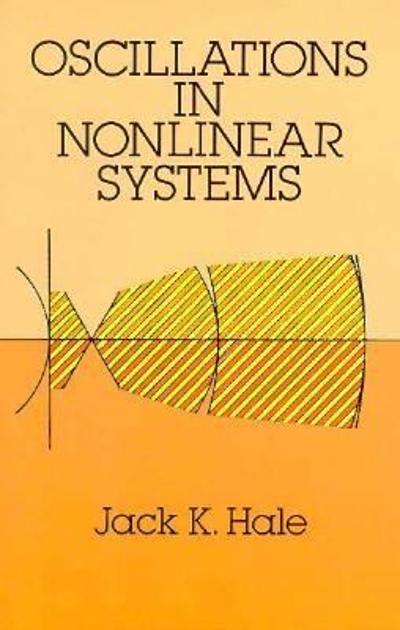Question
Define 1) What does DMAIC stand for? 2) What is the difference/relationship between standard deviation and variance? How are they related? 3) Give me an
Define
1) What doesDMAICstand for?
2) What is the difference/relationship between standard deviation and variance? How are they related?
3) Give me an example of a measure of location, a.k.a. measure of central tendency.
4) Give me an example of measure of dispersion.
5) What is the difference between discrete data and continuous data?
6) Fishing line sold per year: Is that continuous or discrete data?
7) Name two things you can learn from plotted data.
Measure
1)How could you visually display variation?
2) Sample size is a function of what three things?
3) In order to determine SQL (sigma quality level) for your process, what do you need to determine first?
4) What is the difference between repeatability and reproducibility?
5) If you want to increase your level of confidence, what do you need to do to your sample size?
Analyze
1) Ifpis low,H0must go." Lower than what?
2) What data would be considered inappropriate for a regression model?
3) What does variation do to cycle time?
4) What is the difference between R and R2?
5) What is a type 1 error?
6) What is a confidence interval?
7) When would you calculate thet-test statistic vs. theZtest statistic?
8) What is a residual?
Distance
1)The correlation coefficient can take on any value in what range?
2) If your R value is equal to zero, what does that mean?
3) Name three models that can aid in the analysis of time series data.
4) What is it called when you have correlation between successive values of a time series?
5) When the variability in youryincreases, the correlation coefficient gets closer to what number?
6) What if the seasons contribute to the variation in your time series data?
7) What might you do to account for that in your predictive model?
Improve
1) List two ways that regression can be useful.
2) What does a Pareto show you?
3) How can you tell if a particular input variable is significant enough to include in your regression equation?
Control
1) Name two ways you can tell if your process is in control.
2) What can a range chart tell you?
3) What kind of control chart would be most appropriate to use when you are measuring data from a service center, counting the lost calls per day?
4) What type of control chart is appropriate for continuous data?
5) When the normal functioning of a process is disturbed by some unpredictable event, what kind of variation is added to the common cause variation found in a control chart?
Step by Step Solution
There are 3 Steps involved in it
Step: 1

Get Instant Access to Expert-Tailored Solutions
See step-by-step solutions with expert insights and AI powered tools for academic success
Step: 2

Step: 3

Ace Your Homework with AI
Get the answers you need in no time with our AI-driven, step-by-step assistance
Get Started


